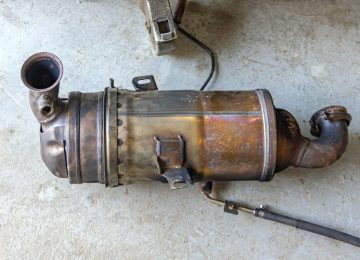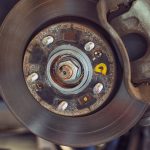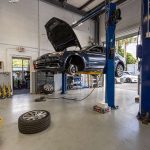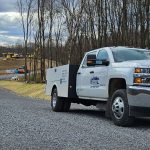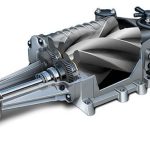Brake rotors are a key part of the braking system. They work with brake pads to stop the vehicle safely. Over time rotors can wear down or get damaged. When this happens drivers face a choice. They can resurface the rotors or replace them completely. This article explains the differences between resurfacing and replacement. It also shows how service tiers guide customers through proper rotor care.
Understanding Rotor Resurfacing
Rotor resurfacing means smoothing the rotor surface. This removes small grooves and uneven spots. The goal is to restore a flat surface for the brake pads to grip. Resurfacing can extend the life of rotors and improve braking. However this process removes some metal from the rotor. Therefore the rotor must still meet minimum thickness standards after resurfacing. Skilled technicians measure the rotor carefully before and after the process. Resurfacing is a good option when the rotors have minor damage and enough thickness remains. This option is cost effective and prevents waste by keeping rotors in use longer. Choosing the best Brake Repair in Aurora, Co based service would be useful here.
When Rotor Replacement Is Necessary
Replacement means removing old rotors and installing new ones. This is needed when rotors have deep cracks heavy warping or are below minimum thickness. Sometimes rotors wear unevenly causing vibrations during braking. In these cases replacement is safer and more reliable than resurfacing. New rotors provide consistent braking performance and longer service life. Replacement also avoids problems from metal thinning that can happen with resurfacing. Though replacement costs more initially it can save money by avoiding repeated repairs. Experts recommend replacement if rotors show significant signs of damage or if safety is a concern.
Service Tier One: Rotor Inspection and Measurement
The first service tier focuses on inspecting and measuring rotors. Technicians check rotor thickness look for cracks and feel for warping or rough spots. They use precision tools to measure if rotors meet thickness requirements. This tier helps customers understand the condition of their rotors and decide on resurfacing or replacement. Basic cleaning and minor smoothing may be included. This service tier is important for catching early rotor problems and making informed decisions.
Service Tier Two: Rotor Resurfacing and Brake Pad Replacement
If inspection shows rotors can be resurfaced the second tier offers this service. Technicians carefully machine the rotor surfaces to remove damage and restore flatness. Brake pads are often replaced at this time to ensure good contact and avoid uneven wear. This tier improves braking smoothness and extends rotor life. It balances cost and performance well for many vehicles. Regular rotor resurfacing keeps the brake system functioning reliably without unnecessary replacement costs.
Service Tier Three: Complete Rotor Replacement and Brake System Overhaul
When rotors are too damaged or thin the third tier provides full rotor replacement. This tier includes installing new rotors and new brake pads. Other brake components such as calipers or fluid may be serviced or replaced. This comprehensive approach ensures the entire brake system works safely and efficiently. The third tier is ideal for vehicles with advanced brake wear or those needing maximum safety and reliability. This service tier guarantees the best long term brake performance by renewing critical parts.
Conclusion
Choosing between rotor resurfacing and replacement depends on rotor condition and safety. Resurfacing works well for minor damage and sufficient rotor thickness. Replacement is necessary for serious wear cracks or warping.






